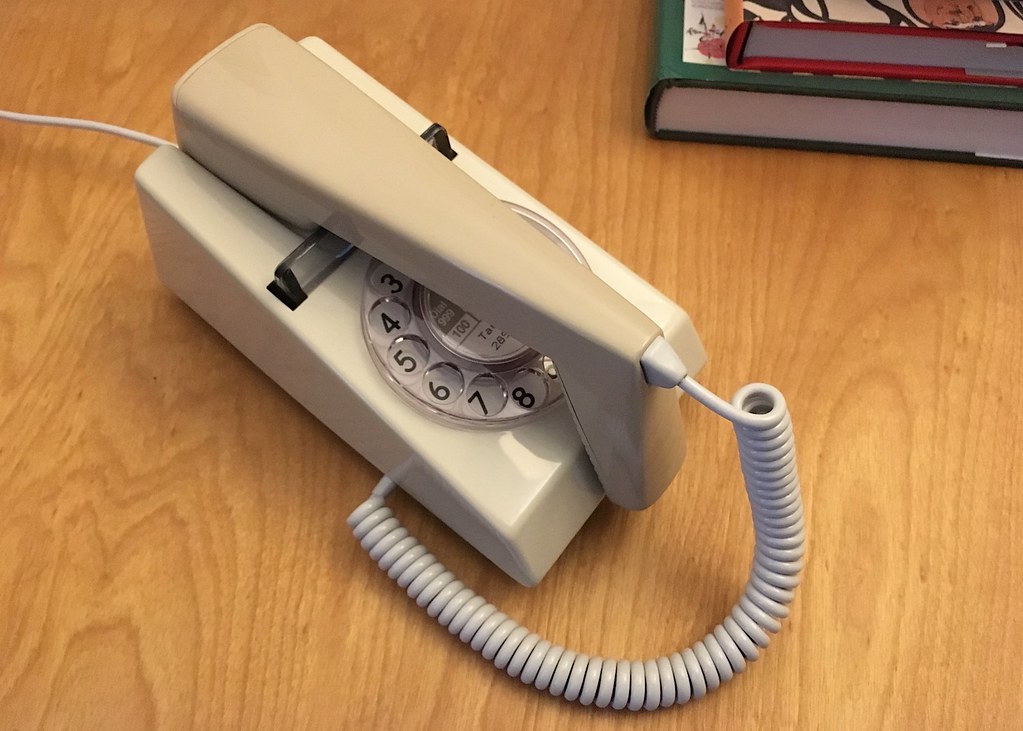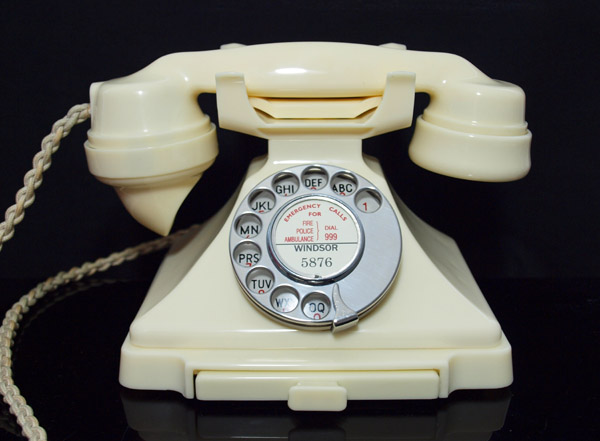Thanks Mick, good to know that yours is fully up and running, I hope I can do the same. It appears your Ivory phone, along with the red and green 332's are worth a hefty premium over the more common black ones like mine.
I'm swotting up on these sites now I've decided to have a go at getting it to work and there does seem to be a lot of support out there. I'll know what exact questions need to be asked when I get this initial first retrofit done.
Also, looking at the 332's most have the "twisted" fabric wire between receiver and phone, although some but few are pictured with the curly cable.
Mine has the latter and is 1954. I know the phone for certain has not been messed with as it came from my aunties house many years ago before they became sought after.
I wonder if a GPO engineer changed this or whether some sets did in fact come with the curly cable?
Thanks for your input, appreciated.
Hi Kenny
You have to remember that these phones were rented by the then GPO (now BT) and engineers would call round to the house holder about once every 3 years to check it over. If the twisted cable was frayed, then the engineer would replace it and more than likely yours was done when curly cable was used. It was only a 10 minute job and it would have looked better to most people. It's only now that we aim for the original twisted stuff which I believe is still available.
Bob - you said "I don’t consider a phone that will only receive calls to be fully up and running!"
It is not the phone that is at fault, it is the exchange being unable to handle outgoing calls. They cannot pick up the dialled pulses. It is only a matter of time before they will not handle incoming calls as well and then the telephone is useless. However I can receive calls on my 332 and receive and send out on the other three. Also if I send out on one of the other 3 and then pick up the 332, I am able to communicate by it because all 4 are on the same line. So in that sense, the phone will be still be useable long after you and I have expired our mortal coil.
Regards
Mick









